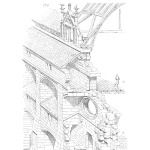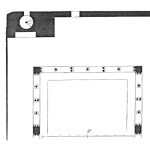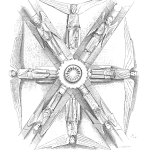
THE VITAL DIFFERENCE BETWEEN USING CONSEQUENCE OR CHANCE REDUCTION STRATEGIES IF YOU WANT OPERATIONAL EXCELLENCE RESULTS, IS CONSEQUENCE REDUCTION REQUIRES REPAIRS AND MAINTENANCE, WHEREAS CHANCE REDUCTION REMOVES REPAIRS AND MAINTENANCE.
In reading “Enterprise Asset Management Success the Plant Wellness Way for CEOs and Senior Executives” I was interested in your table on page 15 that showed risk based inspection and condition based monitoring techniques as consequence reduction strategies.
My understanding is that both RBI and CBM are specifically designed to prevent failure through reducing the likelihood of failure i.e. by detecting failure before it happens within timescales that allow mitigation action to be taken. In the API 581 RBI standard, consequence is treated as a constant over time so the methodology specifically targets risk reduction through more effective inspection or design changes.
I appreciate that this is only a small point in terms of the overall approach and key messages challenging readers, but if you have time to reply I would like to understand the reasoning behind not viewing RBI and CBM as chance reduction.
Hello Paul,
When I developed the table I decided that if a technique or methodology required a failure to start in order to provide evidence that failure had been initiated, then it fell into the consequence reduction strategy. Once an embryonic failure existed then the eventual outcome COULD be complete failure if circumstances went badly. CBM and RBI look for evidence of failure, in fact they need a failure to have started in order to provide the signal that the P-F degradation has begun.
[Read more…]











